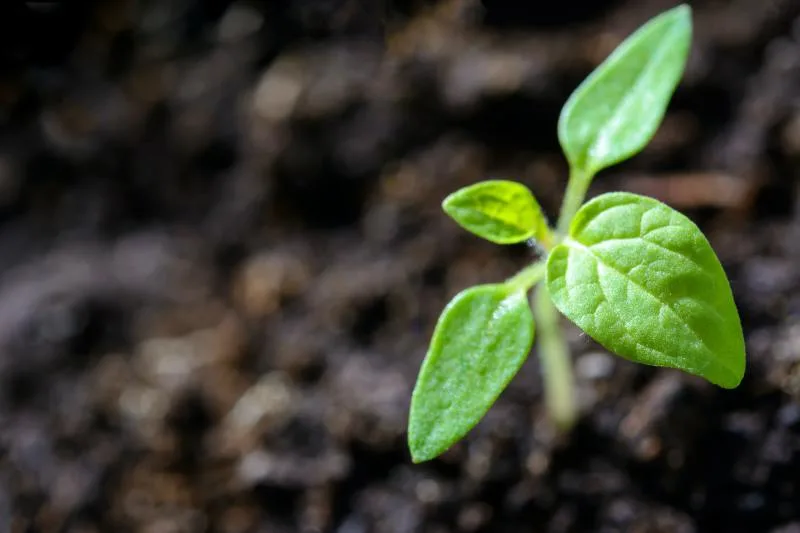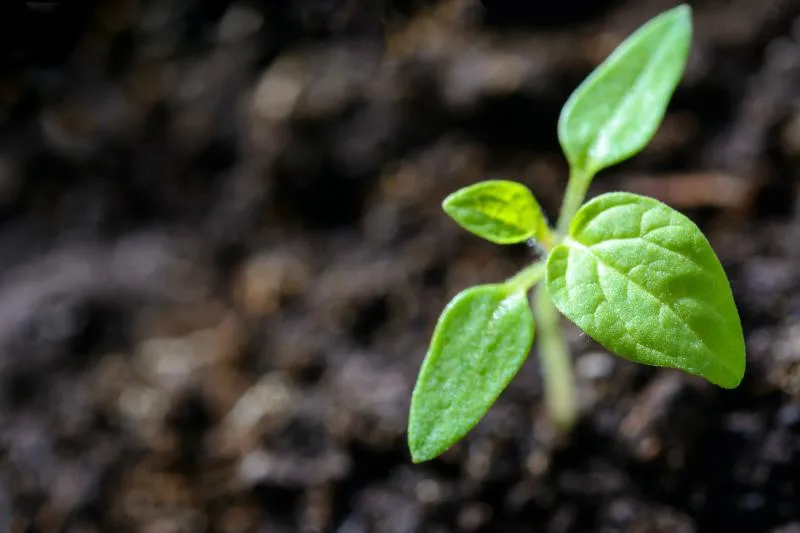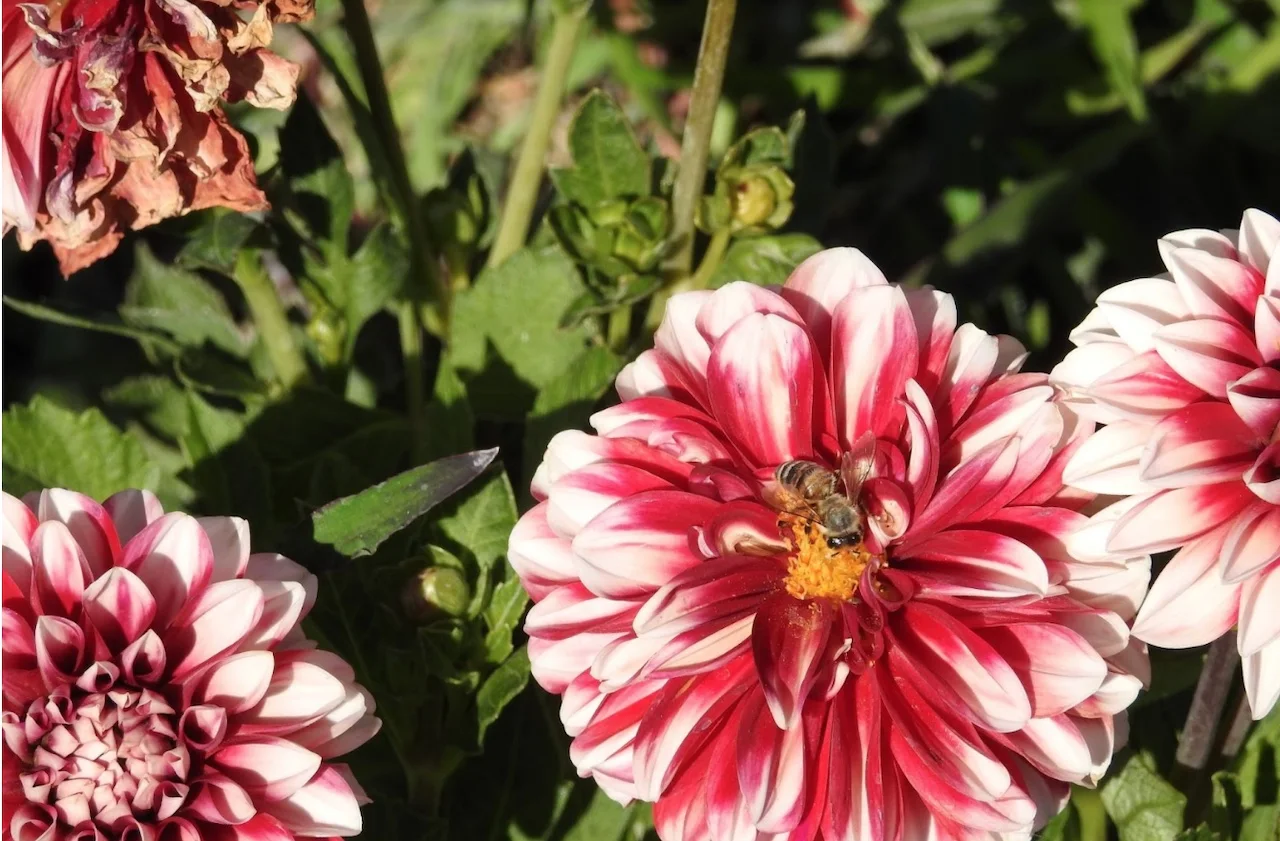
Urban sprawl propelling evolution of plants worldwide, study says
Researchers were able to document how the plants adjust to cities worldwide, also identifying the genetic basis of adaptation and the environmental factors of evolution, according to the University of Toronto-led study.
Urbanization is not only changing landscapes, but plants are evolving with them, too, as a result, a new study shows.
The University of Toronto (U of T)-led examination used a white clover plant to show the changes made to vegetation as environments are physically altered. Researchers, led by evolutionary biologists at the University of Toronto Mississauga campus, reviewed data on the plant that was gathered by 287 scientists in 160 cities across 26 countries -- from Toronto and Tokyo to Melbourne and Munich.
Visit our Complete Guide to Spring 2022 for an in-depth look at the Spring Forecast, tips to plan for it and much more!
As a result, scientists found transparent evidence of the force humans and cities have in prompting the development of life globally. In particular, the white clover is often progressing as a direct response to environmental modifications in urban areas.
The results of the Global Urban Evolution Project (GLUE) were recently published in the journal, Science.

(Pexels)
“We’ve long known that we’ve changed cities in pretty profound ways and we’ve dramatically altered the environment and ecosystems,” said James Santangelo, study co-lead and PhD student in biology at U of T Mississauga, in a press release. “But we just showed [the reverse] happens, often in similar ways, on a global scale.”
Researchers were able to document how the plants adjust to cities worldwide, also identifying the genetic basis of adaptation and the environmental factors of evolution, the university said.
The white clover plant generates hydrogen cyanide to defend against herbivores and increase its water stress tolerance. GLUE also stated that city clover produced less of it than the plant did in nearby rural areas because of frequent urban community adaptation.
Alterations found in herbivores and water stress in urban areas are driving white clover to adjust differently than its rural counterparts. The discovery will have complications that extend beyond the clover plant.

(Getty Images)
“This study is a model to understand how humans change the evolution of life around us,” said Rob Ness, an assistant professor of biology at U of T Mississauga, in the news release. Ness co-led the project with Santangelo and professor Marc Johnson.
“Cities are where people live and this is the most compelling evidence we have that we are altering the evolution of life in them."
The white clover was picked because of its existence in nearly every city on the planet, according to the university, offering scientists a vital instrument in understanding how urban environments influence evolution.
Results from the study can now be used to begin planning for greater protection of rare species and to allow them to adapt to urban environments, Johnson said, noting it can also aid in the understanding of how to prevent unwanted pests and diseases from adjusting to human environments.
Thumbnail courtesy of Pexels.
Follow Nathan Howes on Twitter.










